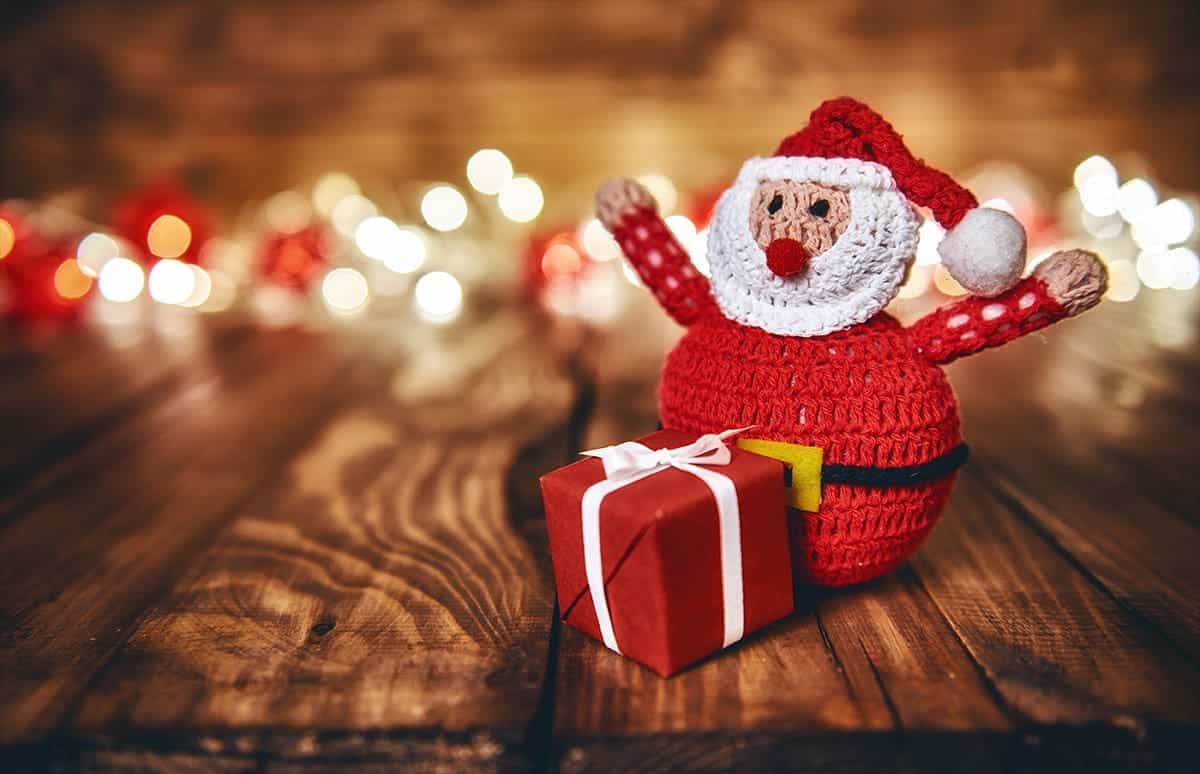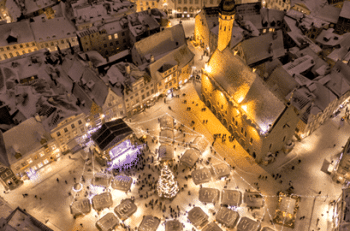The history of Santa Claus – On Christmas Eve every year many millions of people have a short, plump fella visit their home via the chimney or through the door using a magic key. Why do we stand for this intrusion? Where did he come from? And why?
 He has many names this strange yearly visitor of ours. Santa Claus, Father Christmas, Kris Kringle, St Nicholas. Why the mystery and aliases? It’s not as though we don’t know what he looks like, his red suit, white beard, rosy cheeks and fat tummy are as familiar as our own faces. He’s everywhere!
He has many names this strange yearly visitor of ours. Santa Claus, Father Christmas, Kris Kringle, St Nicholas. Why the mystery and aliases? It’s not as though we don’t know what he looks like, his red suit, white beard, rosy cheeks and fat tummy are as familiar as our own faces. He’s everywhere!
The story of St Nicholas begins in south-west Turkey in the 4th century. He was a Bishop in the town of Myra and was thought to have performed several miracles and after his death, he became the patron saint of unmarried girls and sailors, the people his miracles had helped. Saints have feast days and his was on the 6th December.
The history of Santa Claus – from pagan times
Saint Nicholas lived at the time of Pope Julius I who wanted to decide on a date to celebrate the birth of Jesus, they didn’t know when this had been so he decided to make the Pagan midwinter festival time a Christian one by choosing December 25th as Jesus’ celebration day.
In time St Nicholas’s day also became connected to the 25th of December instead of the 6th, it was convenient to join the two perhaps? Whatever the reason St Nicholas’s association with Christmas was embedded into the community.
A ritual began that Nicholas would visit homes on Christmas Eve and the children would leave nuts and sweets in the house to say Hello and Welcome. The Reformation in Europe led to a cessation of the tradition in Protestant countries. Holland hung on to the idea however and there he was called Sinter Klass, the first incarnation of our modern Santa Claus.
Santa Claus as we know him now developed after Dutch settlers in the American city of New Amsterdam, re-named New York, brought their Sinter Klass tradition with them and it captured the imagination of American writers, poets and artists.
Create an image of the saint
In 1810, John Pintard was enthralled by the Dutch legend and held a St Nicholas anniversary dinner. He asked Alexander Anderson, an artist, to create an image of the saint to use as publicity for his dinner. Anderson depicted St Nick as a religious figure placing presents in children’s stockings that had been hung on the fire surround to dry.
The image of Santa Claus, as the Americans came to call him, was made iconic by Clement Moore’s 1822 poem ‘A visit from St Nicholas’. Moore added to the early traditions in New Amsterdam and then added German and Norse mythology into the story.
In the poem he wrote for the pleasure of his family, Santa Claus is an elf who happily involved himself in midwinter pagan festivals. He was helped by a team of eight tiny reindeer pulling a sleigh as he flew from each house placing gifts in stockings for the children of the house.
‘The Night Before Christmas’
The poem had been a gift to Moore’s family but in 1823 ‘someone’ published it in a magazine under the now familiar title of ‘The Night Before Christmas’ It was a big hit and was reprinted and shared many times.
But why reindeer? Moore was familiar with the lives of the Saami people who live in Scandinavia and Finland. They use reindeer to pull their transport of sledges and the reindeer is much more robust and built for snow than the deer found in North America.
Popular culture and the imaginations of cartoonists, advertising men and artists have all had an impact on the modern Santa Claus. 19th Century cartoonist Thomas Nast decided that Santa lived in the North Pole, had a workshop to make toys and checked the ‘naughty or nice’ list.
Colours that Santa wears
The colours that Santa wears evolved from purple, green and blue to the introduction and subsequent take-over of red. Norman Rockwell, an American artist, did a series of paintings with Santa dressed in red in 1921.
And it was the Coca-Cola Company’s use of Santa dressed in red and white in their adverts cemented the look in the public’s imagination.
That’s the history of Santa Claus – and new trends and traditions are being evolved so we all get to enjoy the fun and drama!




